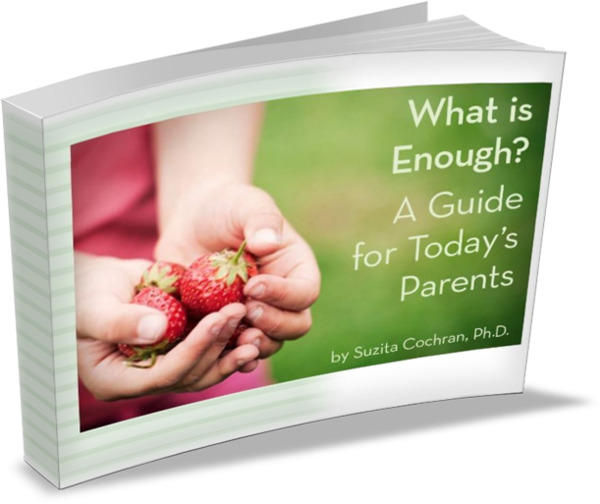 As I mentioned in my previous post, my worries about my older son’s looming middle school transition led me to enroll him in a yoga class. For approximately one afternoon I even believed yoga would solve almost all the problems Stephen would encounter in middle school.
As I mentioned in my previous post, my worries about my older son’s looming middle school transition led me to enroll him in a yoga class. For approximately one afternoon I even believed yoga would solve almost all the problems Stephen would encounter in middle school.
By the day of the first class, my expectations had reduced themselves to normal proportions. Todd and I decided to bring both Stephen and his 9 year-old brother, Daniel, to our yoga class. Beforehand, we explained to them the differences between “good pain” and “bad pain” they might experience in class, so they wouldn’t push too hard and become injured. We also demonstrated some basic yoga poses in our small, carpeted living room.
As the initial class began, we found places in the back of the airy, window and mirror filled room, and spread our brightly colored mats in a row. Considering they came from a background of soccer, basketball, and bicycling, the boys kept up fairly well in those early classes. Stephen commented, “Yoga is harder than it looks.” Daniel enjoyed watching his numerous and varied yoga classmates, especially from inverted positions.
Prior to each yoga class, we deposited our 6 year-old daughter, Annie, at the YMCA childcare, since she was too young to attend the Y’s yoga classes. Poor Annie. She’s the one in the family to whom yoga has come most naturally. She does children’s yoga videos during her quiet time at home, and often refers to the video instructor as “my yoga teacher.” Annie spends much of her free time each day in Jelly Legs, a shoulder stand with wiggly feet high in the air.
Because we knew how much Annie desperately wanted to be part of our family yoga experiment, after each yoga class we taught her the new poses we’d learned in our living room turned yoga studio.
As you may have predicted, over time Annie’s brothers began to balk at attending yoga class. “I don’t want to go tonight! I ran around at school and rode my bike home.” And, “Believe me when I say that none of my friends do yoga.”
“Sorry guys it’s not a choice at this point,” I’d reply, a position which seemed to oppose the principles of yoga. But I wanted the boys to experience a full yoga course before stopping.
I recall the beginning of one class. I had a boy on either side of me sitting on his blue sticky-mat scowling. To be honest, even now the boys complain some on the way to yoga. But once class starts, something shifts. They move through the frequently arduous, often awkward poses, and by the session’s end, they are as sweaty and calm as the rest of us.
Returning home, the mood is always lighter. Usually we talk and laugh about which pose we couldn’t come close to holding. The boys consistently enjoy seeing their parents struggle in certain positions.
Then the conversation invariably moves to our favorite poses. Daniel’s favorite pose is Side Plank. You move from a push-up position to a side-facing one. Balancing on one arm, your body creates the shape of a scalene triangle with the yoga mat. When I begin this pose, my supporting arm starts to shake almost immediately. Daniel’s does not, and he’s exceedingly proud of this.
Nonetheless, I’m still trying to decipher the reason Daniel, more than his brother, says he doesn’t really like yoga. I think Daniel is not yet fully clear about his reasons either. He fights the hardest to skip class, but then is the most enthusiastic in our post-yoga debriefs. And he’s used yoga breathing exercises with much success when he can’t sleep at night. Who knows? I’ll let you know when I get a better handle on this, if ever.
Stephen’s best yoga pose is Humble Warrior. I think part of the reason he loves it is that, like Side Plank, I can hardly achieve this one. It favors those with strong thighs. Humble Warrior starts with a deep lunge. Then you clasp your hands straight out behind your back and lean over so that your same-side shoulder is touching your same-side bent knee in the lunge. Seriously, I get sort of out of breath just envisioning it.
But I love that Stephen loves Humble Warrior. It brings me right back to the reason I wanted him to learn yoga — to use yoga’s teachings during adolescence. Lessons such as: being less reactive when you are frustrated or uncomfortable, using breathing as a way to remain calm, and simply noticing your reactions to various situations.
Even though, Stephen doesn’t regularly talk about what he’s gained from yoga, I do think it’s given him some new tools for his toolbox of coping skills. And this thought helps me feel a little calmer as I now watch my Humble Warrior bike off to middle school each morning.

 Sweet Spots: Helping Your Kids Find ENOUGH in Their Lives.
Sweet Spots: Helping Your Kids Find ENOUGH in Their Lives.

